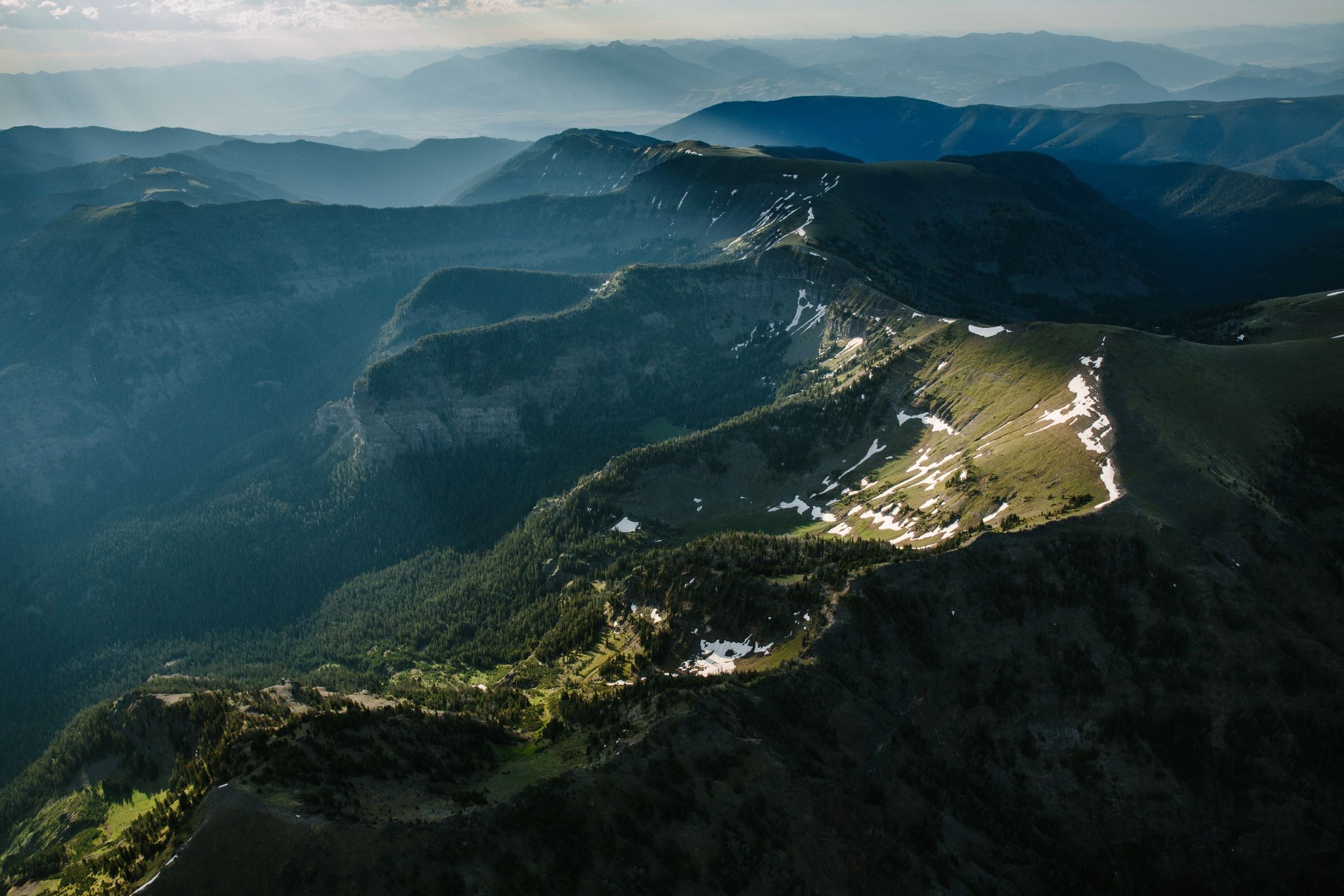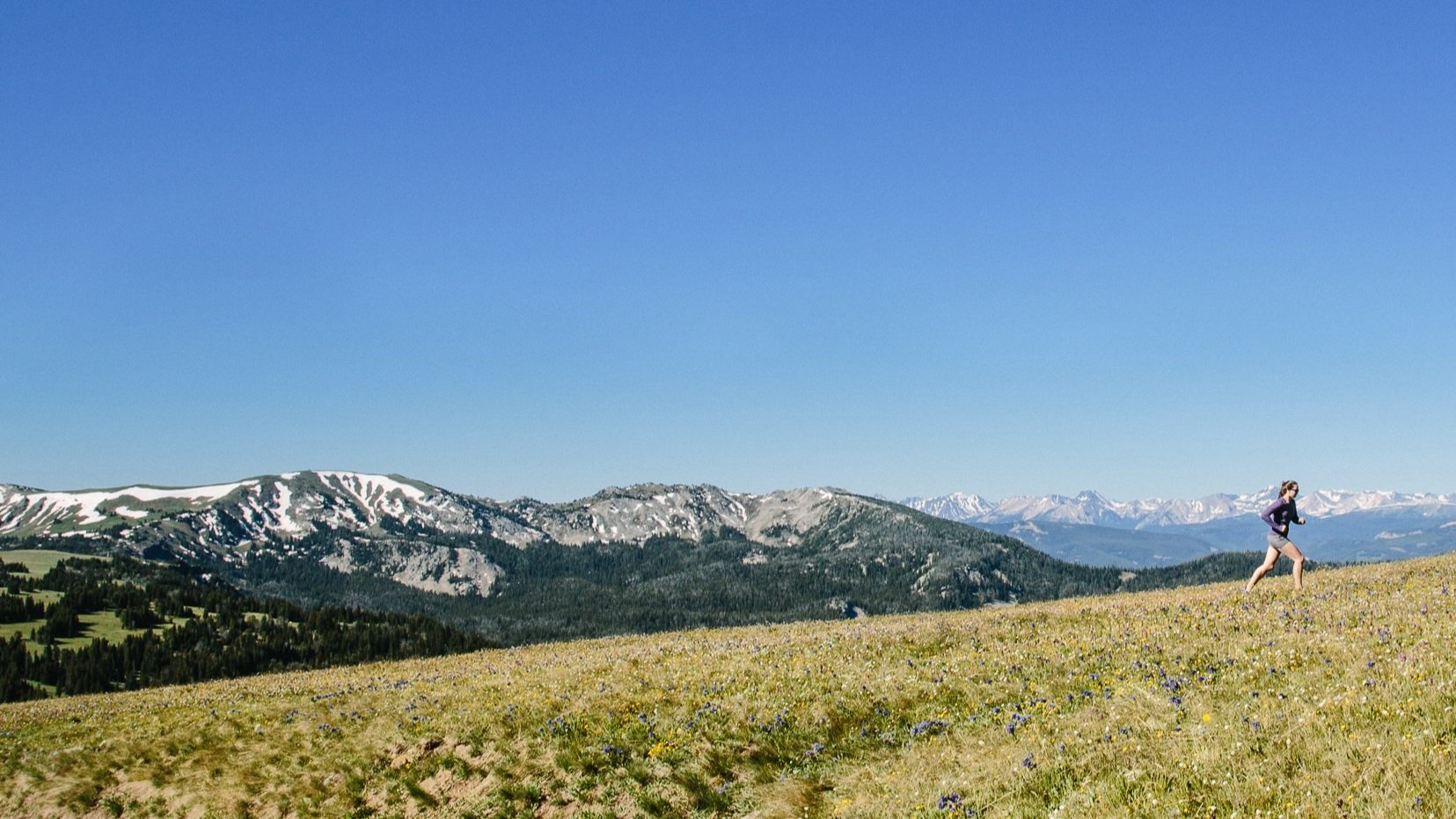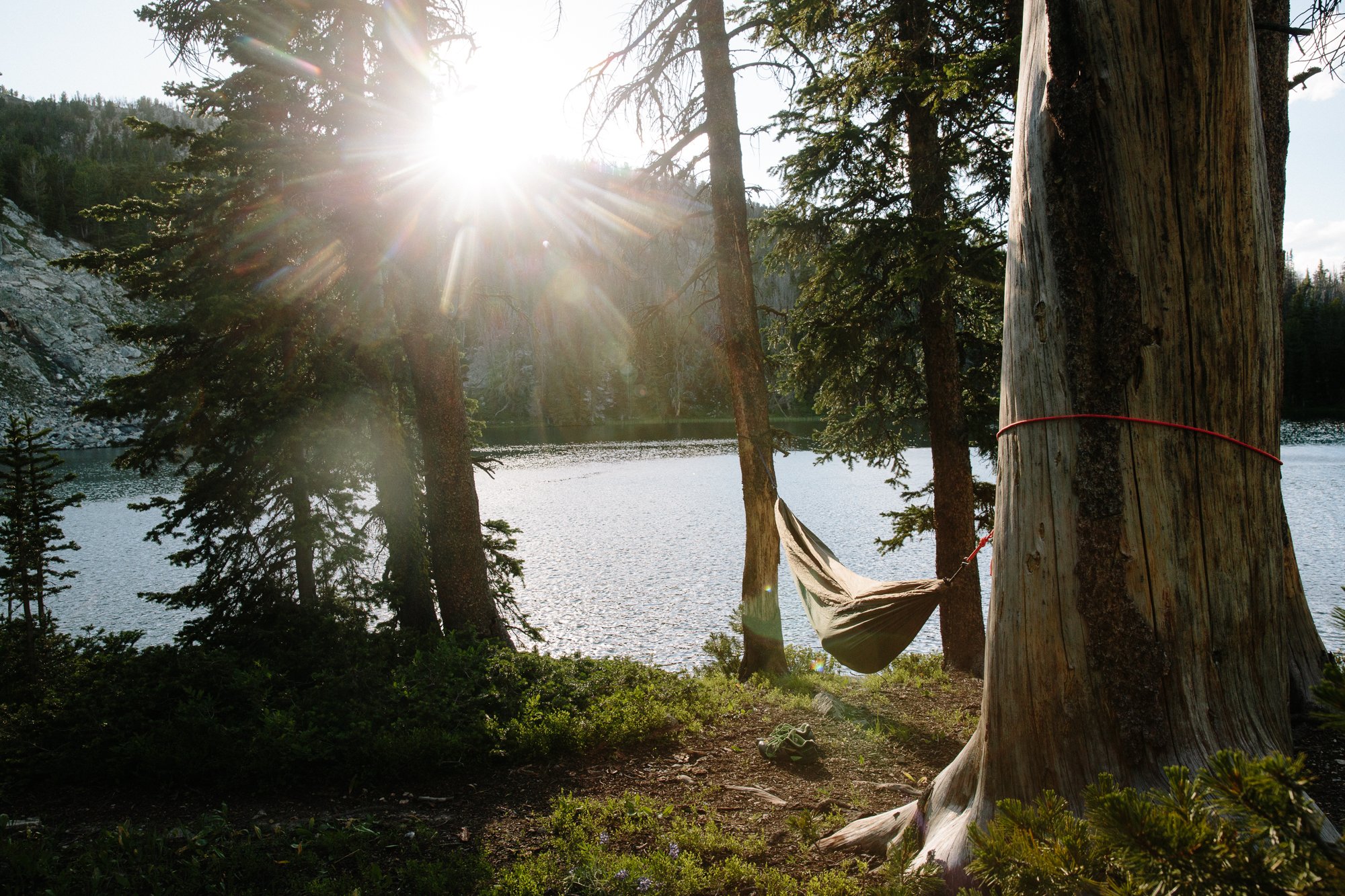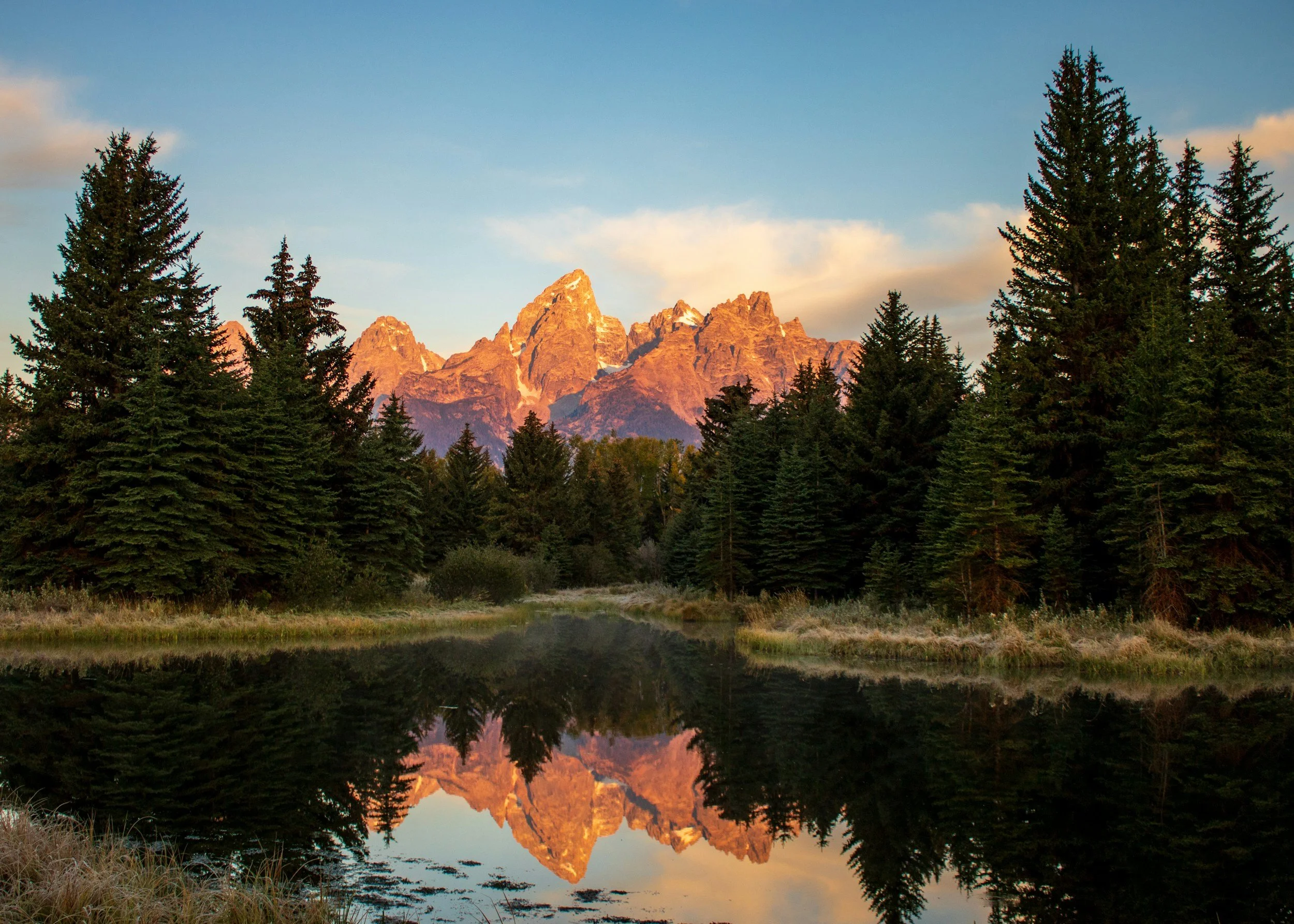
Safeguarding the Custer Gallatin National Forest with the Greater Yellowstone Conservation and Recreation Act
Just northwest of Yellowstone National Park rise two remarkable mountain ranges home to a host of iconic wildlife, the headwaters of significant river systems, and world-class recreation opportunities. Encompassed in the 3.1-million-acre Custer Gallatin National Forest, these are the Madison and Gallatin mountain ranges.
The Gallatin and Madison ranges are some of the wildest places left in the continental United States. As more and more people move to the communities surrounding the Madison and Gallatin ranges – often drawn by unmatched access to public lands – this wild landscape is experiencing unprecedented use.
Montana is changing fast, and these ranges are under threat. While the Madison and Gallatin ranges have some protections under the current Forest Service Management Plan, these protections are not permanent. Nine in ten Montanans believe it’s important to permanently protect the Madison and Gallatin ranges. We need a solution to forever protect these lands for all of us.

That’s why GYC has partnered with a group of local businesses, recreationists, outdoorsmen, and conservationists to develop a realistic solution – the Greater Yellowstone Conservation and Recreation Act.
The Greater Yellowstone Conservation and Recreation Act is a realistic solution to permanently protect 250,000 acres in the Madison and Gallatin mountain ranges, and the resources, activities, and freedoms they provide.
The act will create new permanent protections for five areas in the Madison and Gallatin ranges. It will:
Safeguard clean drinking water by limiting the development of these public lands.
Protect existing mountain biking, motorized, and non-motorized recreation access.
Ensure iconic wildlife like grizzly bears, elk, osprey, native cutthroat trout, bobcat, and more can thrive here, just like they have for millennia.
Conserve the open space and wild nature of the Madison and Gallatin ranges.
The act is proposed by the community-led Gallatin Forest Partnership, a coalition of local recreationists, business owners, sportsmen, landowners, and conservationists. GYC is proud to be a founding member of the Gallatin Forest Partnership and has been working for decades to permanently protect the Madison and Gallatin Ranges.

GYC is committed to advancing the Greater Yellowstone Conservation and Recreation Act and protecting the Madison and Gallatin ranges, and the resources, activities, and freedoms they provide.
And we need your help! Show your support for the Greater Yellowstone Conservation and Recreation Act by endorsing it today.
We’ll continue to garner community support from advocates like you and work to get our Montana congressional delegation to see this solution is the right thing to do for our lands, water, and wildlife.
Photos Louise Johns Photography







